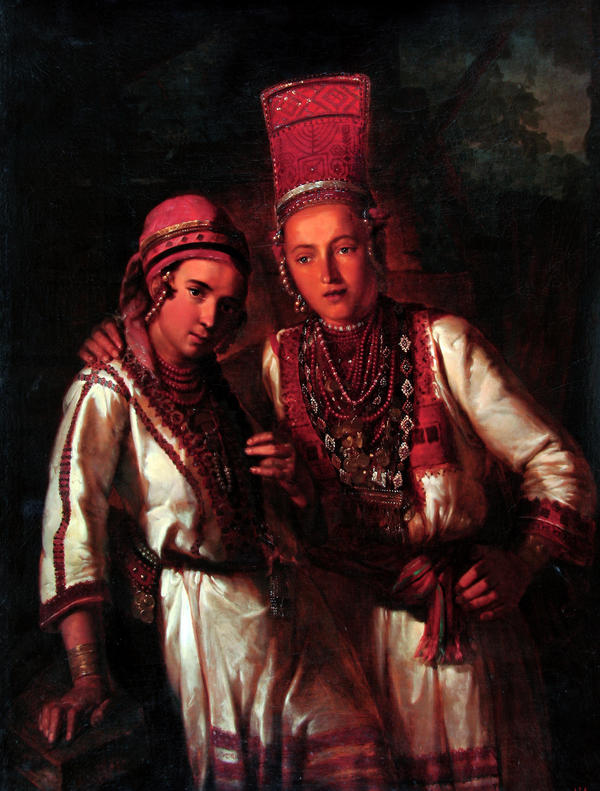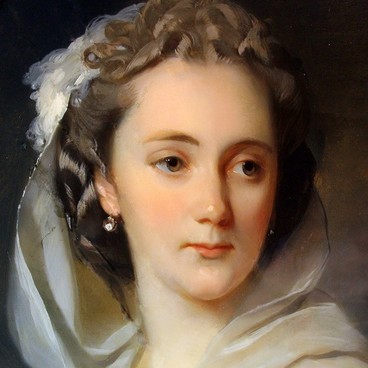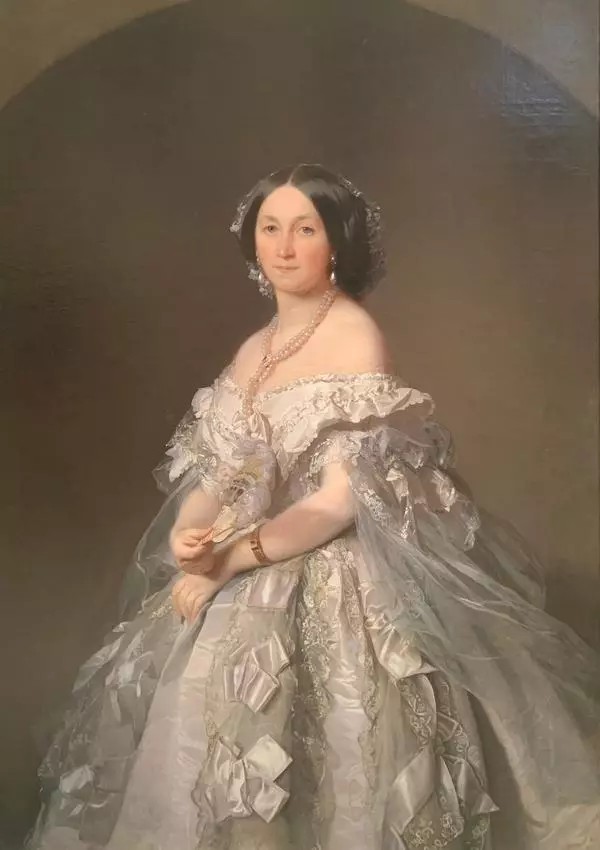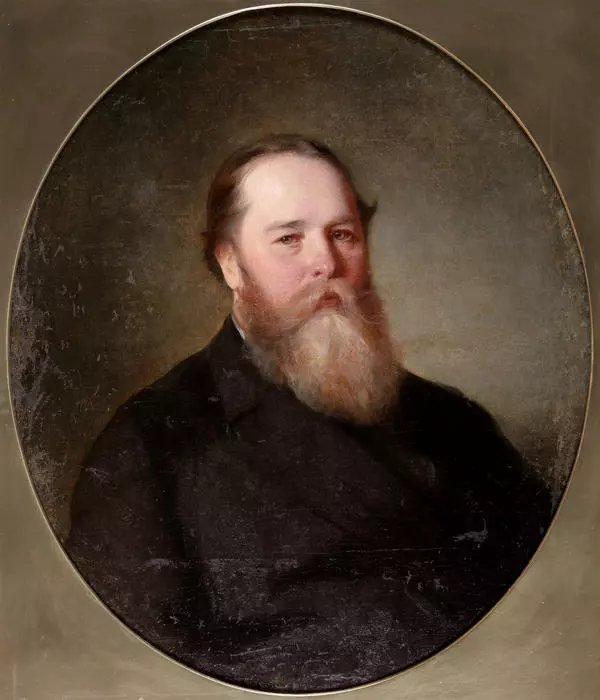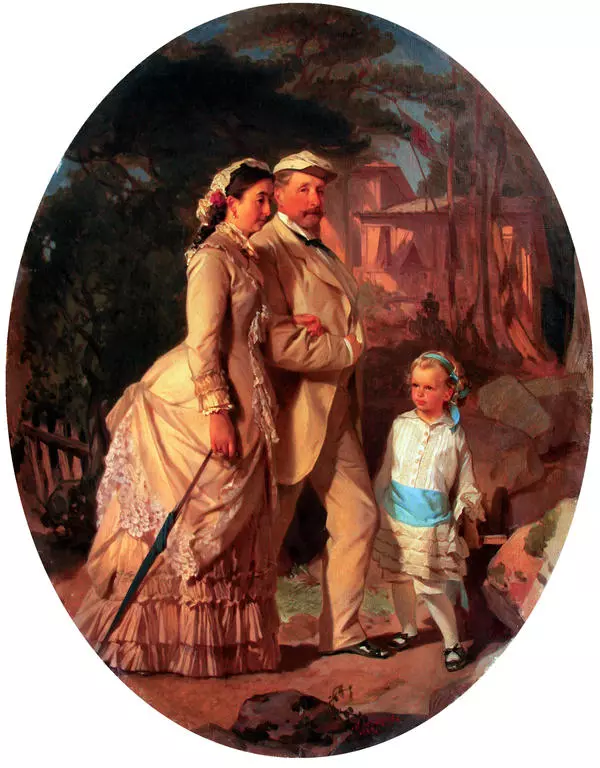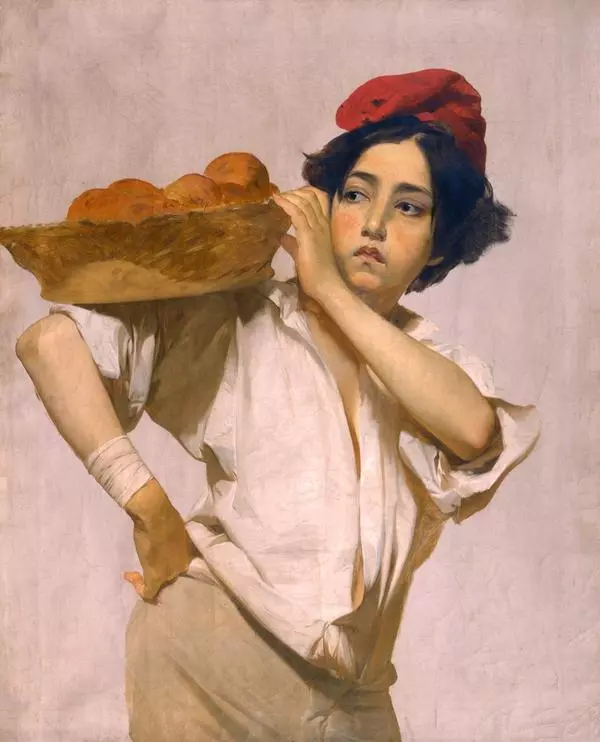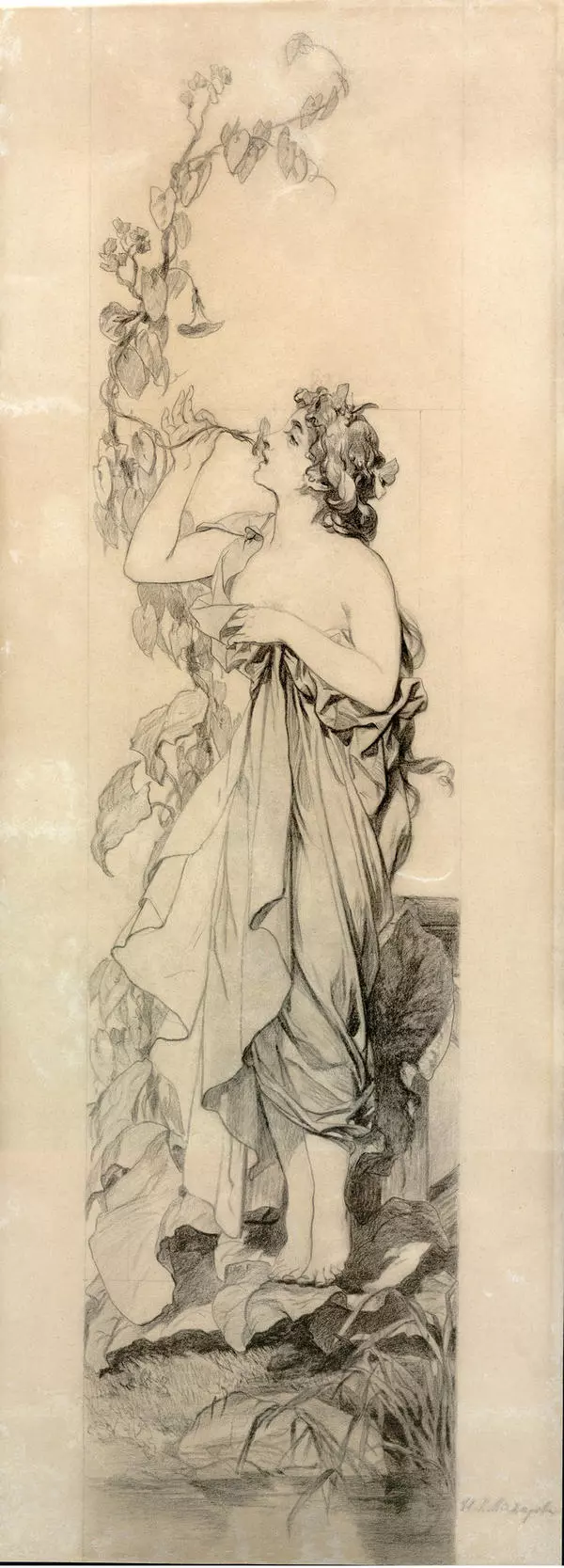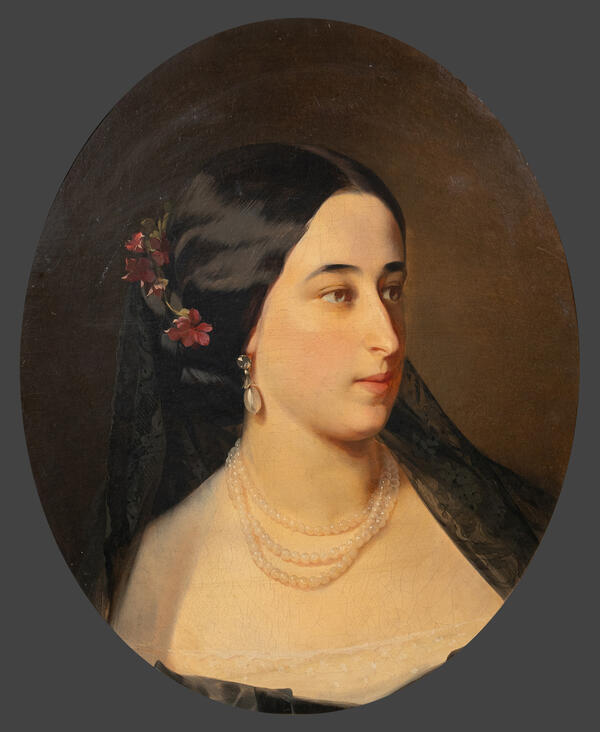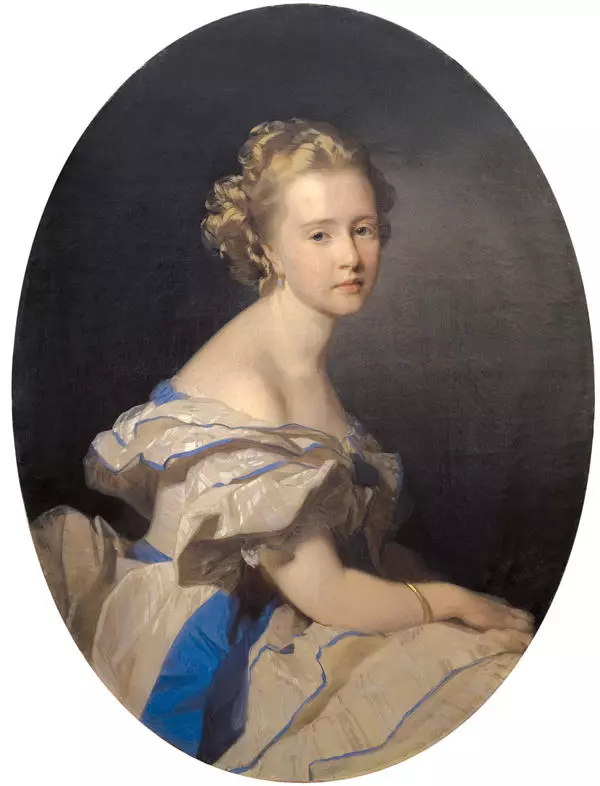Ivan Kuzmich Makarov is a Russian portrait painter who lived and worked during the Golden Age of the Russian culture, his creative works contributing to the history of the 19th century. Ivan Makarov was born on April 4, 1822. The precise place of birth has not been established so far. According to one version, he was born in Arzamas, according to another one in Saransk. His father was a church painter and a teacher of drawing at his own art school, and Ivan Makarov learned the basics of fine arts under his guidance.
After finishing school, Ivan Makarov sent his drawings and sketches to the Imperial Academy of Arts. The academic council praised his works highly and awarded him the title of an ‘unclassed’ artist. That was the title received by graduates of the Imperial Academy of Arts if they were given the Small (2nd degree) Silver Medal.
Ivan Makarov was not content with the achievement and decided to continue training. In 1844, he moved to Saint Petersburg and entered the Academy of Arts to join Prof. Aleksey T. Makarov’s course that he attended for two years. He chose portrait painting as his major. The portraits by the young painter quickly became popular in Saint Petersburg. In 1855, Ivan Makarov attained the title of a history and portrait painting academician.
Two Young Mordovian Girls was the first portrayal of the Mordovians in the history of Russian painting. Ivan Makarov painted it as advised and guided by his father. The painting depicts two young Erzya girls in festive traditional costumes. The girl on the left is yet unmarried, as indicated by the long braid lying on her chest. The Erzya on the right is a married woman, her hair is covered with tall headwear item known as pango. The likeable faces of the girls and the accuracy in detailing out the elements of their costumes suggest the sincerity and love with which the painter treated his characters.
The painter highlighted the figures with bright light – as if with a searchlight beam. Such an interesting effect is the result of contrast with the dark background in which one might see rural landscape if one looks closer. The painting was done in the spirit of sentimentalism, conveying the beauty and charm of the young Mordovian peasant girls.
Over the fifty years of his artistic activities, the painter created a painted history of Russia of the second half of the 19th century in portraits. Besides portraits, Ivan Makarov painted a lot of icons and church images, and he took part in decorating the Cathedral of Christ the Savior in Moscow. The Acheiropaeic Image of Christ (1885) that he created was much discussed among the colleagues and the clergy.
Works by Ivan Makarov once used to decorate palaces and estates in Saint Petersburg, but now they have become assets of Russia’s major museums.
After finishing school, Ivan Makarov sent his drawings and sketches to the Imperial Academy of Arts. The academic council praised his works highly and awarded him the title of an ‘unclassed’ artist. That was the title received by graduates of the Imperial Academy of Arts if they were given the Small (2nd degree) Silver Medal.
Ivan Makarov was not content with the achievement and decided to continue training. In 1844, he moved to Saint Petersburg and entered the Academy of Arts to join Prof. Aleksey T. Makarov’s course that he attended for two years. He chose portrait painting as his major. The portraits by the young painter quickly became popular in Saint Petersburg. In 1855, Ivan Makarov attained the title of a history and portrait painting academician.
Two Young Mordovian Girls was the first portrayal of the Mordovians in the history of Russian painting. Ivan Makarov painted it as advised and guided by his father. The painting depicts two young Erzya girls in festive traditional costumes. The girl on the left is yet unmarried, as indicated by the long braid lying on her chest. The Erzya on the right is a married woman, her hair is covered with tall headwear item known as pango. The likeable faces of the girls and the accuracy in detailing out the elements of their costumes suggest the sincerity and love with which the painter treated his characters.
The painter highlighted the figures with bright light – as if with a searchlight beam. Such an interesting effect is the result of contrast with the dark background in which one might see rural landscape if one looks closer. The painting was done in the spirit of sentimentalism, conveying the beauty and charm of the young Mordovian peasant girls.
Over the fifty years of his artistic activities, the painter created a painted history of Russia of the second half of the 19th century in portraits. Besides portraits, Ivan Makarov painted a lot of icons and church images, and he took part in decorating the Cathedral of Christ the Savior in Moscow. The Acheiropaeic Image of Christ (1885) that he created was much discussed among the colleagues and the clergy.
Works by Ivan Makarov once used to decorate palaces and estates in Saint Petersburg, but now they have become assets of Russia’s major museums.

